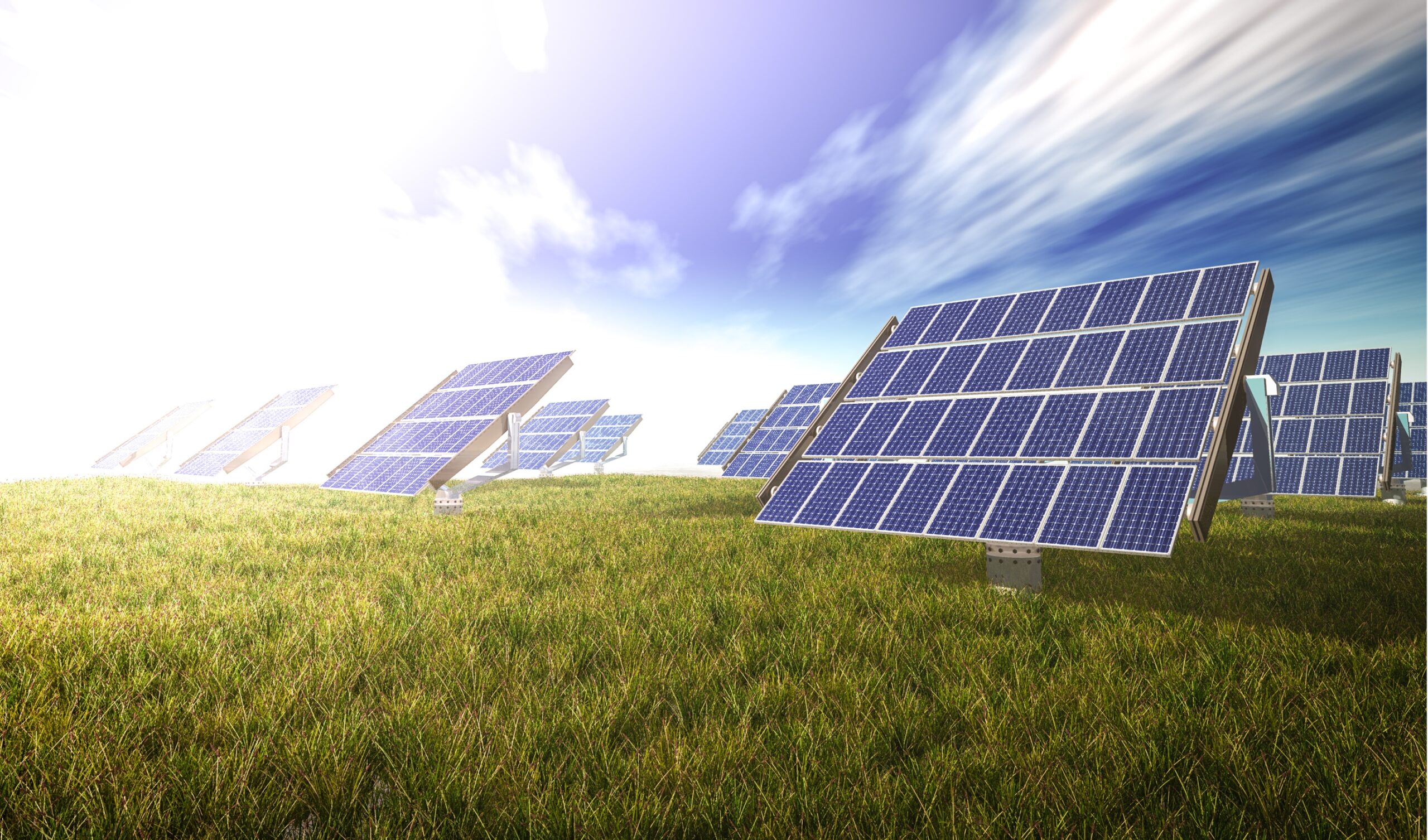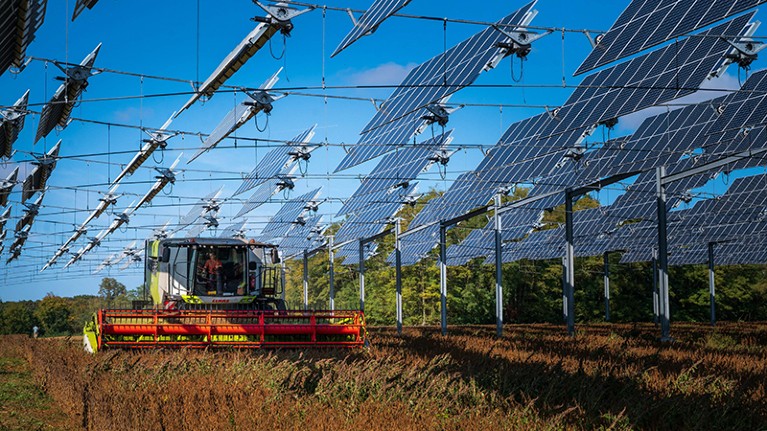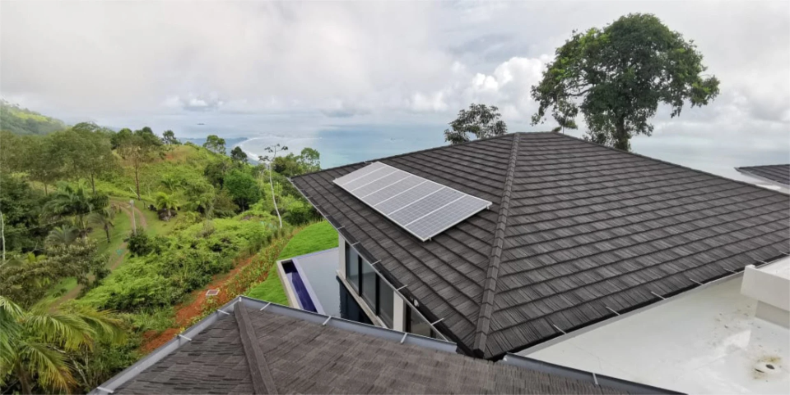Monocrystalline solar panels enhance community solar projects with high efficiency (20-25%) and durability. A 1 MW installation of monocrystalline panels can generate 1.5 GWh annually, powering 300 homes. Their low degradation rate (0.3% annually) ensures 93% efficiency after 25 years, reducing maintenance costs by 15-20% over other panel types. They perform well in extreme climates due to a -0.3%/°C temperature coefficient, ensuring minimal losses. For installation, optimized tilting angles should be implemented, such as 30-40° for mid-latitudes, coupled with bypass diodes that ensure maximum output even in the presence of shades, hence ideal for shared solar energy systems.
What Are Monocrystalline Panels?
Monocrystalline solar panels are made from high-purity silicon and form a cornerstone of photovoltaic technology. These panels are fabricated by the Czochralski process, yielding a single silicon crystal structure that allows higher electrical conductivity and enhanced photon capture. As a result of the uniform molecular alignment, electron resistance is minimized, making the panels highly efficient with a typical conversion rate between 20-25%, in contrast to the 15-20% range for the polycrystalline ones.
Their increased efficiency is very relevant for community solar projects, where the output of energy per unit area is a factor. As an example, a typical 72-cell monocrystalline panel produces approximately 350-450 watts, under standard test conditions (STC). In practical terms, a community solar farm with a capacity of 1 MW of monocrystalline panels would generate around 1.5 GWh annually, sufficient for powering roughly 300 homes, at an average household energy consumption of 4,900 kWh per year.
Besides its high efficiency, it has very excellent longevity. About 0.3% annual degradation rate, meaning that after 25 years, a panel would still retain approximately 93% of its original efficiency. For a community solar project, this durability offers consistent energy generation over decades and tremendous savings due to drastic LCOE reductions.
Why Choose Monocrystalline?
Monocrystalline solar panels are renowned for unmatched performance, especially in energy density and the ability to adapt to variable environmental conditions.
High Energy Yield per Unit Area
Monocrystalline panels are more energy-dense than other technologies. A 1-acre solar array made of monocrystalline panels can produce about 1 MW of power, whereas a similar area with polycrystalline panels would yield only 0.8 MW. This energy density advantage is priceless for urban community solar projects with often-limited rooftop space. As an example, consider that a 10 kW monocrystalline rooftop system can generate as much as 14,600 kWh annually, while a polycrystalline system can only generate 12,500 kWh under the same conditions.
Robust Temperature Performance
One such vital parameter defining solar panel efficiency is the temperature coefficient. Monocrystalline panels usually have a coefficient of -0.3% per °C, whereas polycrystalline panels have an average of about -0.4% per °C. To put this into perspective, a solar farm in Arizona with peak summer temperatures of 40°C (104°F) would go through 12% less efficiency loss using monocrystalline panels instead of polycrystalline technology.
These features make monocrystalline panels especially applicable for areas that have very extreme climates, while their performance remains consistent in high temperatures or low light conditions.
Community Solar: Top Benefits
Community solar projects are targeted to offer equal opportunities in accessing clean energy. Using monocrystalline panels in these projects can facilitate higher energy production with more dependability and a lower environmental impact.
Scalability for Maximum Energy Access
Most community solar projects aim to involve the maximum number of subscribers. Greater scalability enabled by monocrystalline technology produces more energy per unit area. For instance, with monocrystalline panels, a 5 MW community solar farm is able to serve 1,000 average households electricity, while this figure may stand at 850 households in the case of a polycrystalline panel. It becomes easier to engage more participants with this scalability, especially where there is limited available land or rooftop area.
Improved Performance across a Wide Variety of Conditions
In areas prone to fluctuating weather-such as the Pacific Northwest-monocrystalline panels tend to outcompete the alternatives by dint of their heightened sensitivity in low-light conditions. Thus, a study by the Fraunhofer Institute for Solar Energy Systems found that, at diffuse light levels, monocrystalline panels were able to retain 85% efficiency, while polycrystalline panels operated at 70-75% efficiency.
Efficiency and Performance Gains
Monocrystalline panels boast advanced technological features that offer ultimate efficiency and performance, even under less-than-perfect conditions.
Better Photon Absorption
This reduces energy losses due to recombination, a process in which electrons manage to return to their previous state before current is produced. This way, the photon-to-electron conversion efficiency is higher. For example, PERC (Passivated Emitter and Rear Cell) monocrystalline panels have an efficiency of as high as 24%, outperforming standard monocrystalline panels by 2-3 percentage points.
High Performance under Partial Shading
Monocrystalline panels often include bypass diodes that minimize the negative impact of shading on energy production. In a shaded situation-say, when a tree is partially shading a panel-a standard 60-cell monocrystalline module would lose only 20% of its power output, while a polycrystalline module could lose 40%.
These characteristics are especially important for community solar projects in urban areas where shading from nearby buildings or trees occurs regularly.
Long-Term Savings
Monocrystalline panels are more expensive upfront, but their much higher efficiency, durability, and reliability provide substantial long-term financial advantages for community solar projects.
Lower Maintenance Costs
This is why the microcracks and mechanical wear are rare with this kind of panel: their silicon structure is uniform. For a typical 1 MW installation, maintenance costs over 25 years are decreased by about 15-20% compared to other technologies. A certain example could be the Blue Lake Rancheria Solar Microgrid in California, which managed to save $150,000 of maintenance costs in 10 years using only the panels of monocrystalline type.
Faster Payback Period
With such government incentives as the Investment Tax Credit (ITC) in the U.S., monocrystalline installations quickly pay back their higher initial costs. For example, a 100 kW system with an $200,000 installation cost and 30% ITC subsidy can achieve a payback period of 6-7 years, against 9-10 years for polycrystalline panels.
Sustainability in Solar Projects
Monocrystalline panels ensure community solar projects are designed to achieve the maximum possible output from the available installation space with the least environmental impact.
Carbon Footprint Reduction
Throughout their life cycles, monocrystalline panels emit 50% less CO₂/kWh than polycrystalline panels. On a larger scale, this means that every 1 MW community solar farm mitigates 850 metric tons of CO₂ emissions annually, the effect of 185 fewer cars on the road.
Space Efficiency
Monocrystalline panels take less ground area to install, thus it is suitable for dual-purpose applications such as agrivoltaics, wherein the solar farms are installed on agriculture land. A 5 MW agrivoltaic farm with monocrystalline panels can provide both energy supply to 1,000 households and also crop yield preservation as a bonus, which is a win-win situation for the communities.
Future Community Solar
Integration with Bifacial Technology
Bifacial monocrystalline panels, which generate power from sunlight reflected on their rear side, are also gaining popularity. Based on the albedo or reflectivity of the ground surface, studies indicated that bifacial panels can increase energy output by a range of 10-20%. For instance, the installation of the Longyangxia Dam Solar Park in China with bifacial panels raised its annual output by 12% without the use of more land.
Advancements in Perovskite-Monocrystalline Tandems
Emerging tandem technologies-like perovskite-monocrystalline hybrid cells-offer efficiency rates above 30%. This can be a game-changer for community solar projects, which can then achieve the same energy yield with fewer panels, reducing environmental impacts and overall costs.




